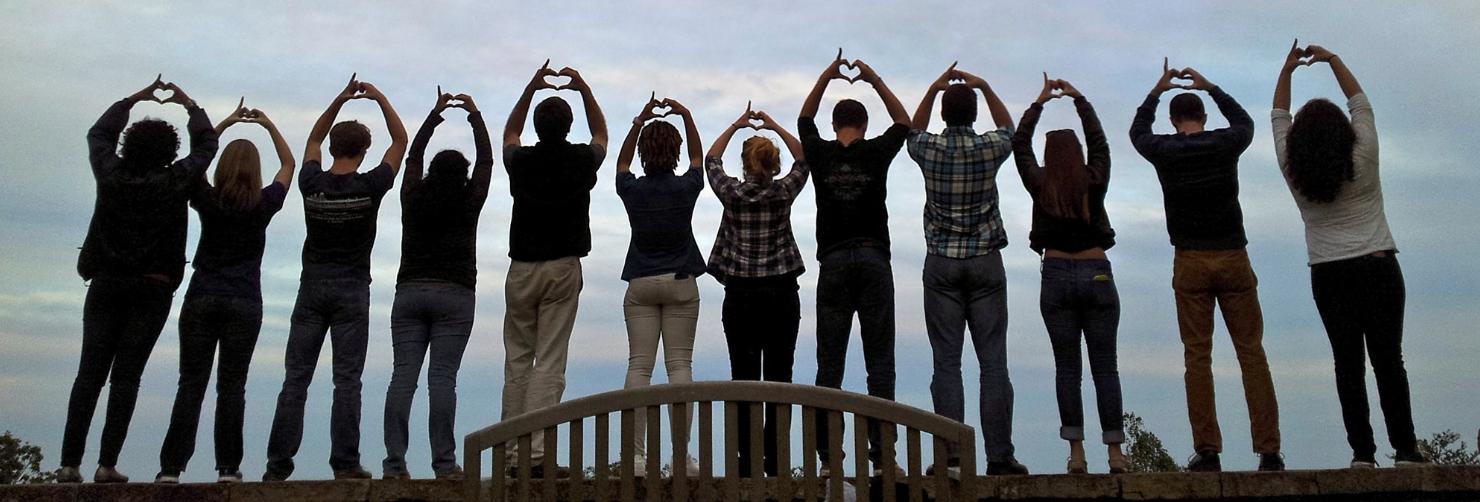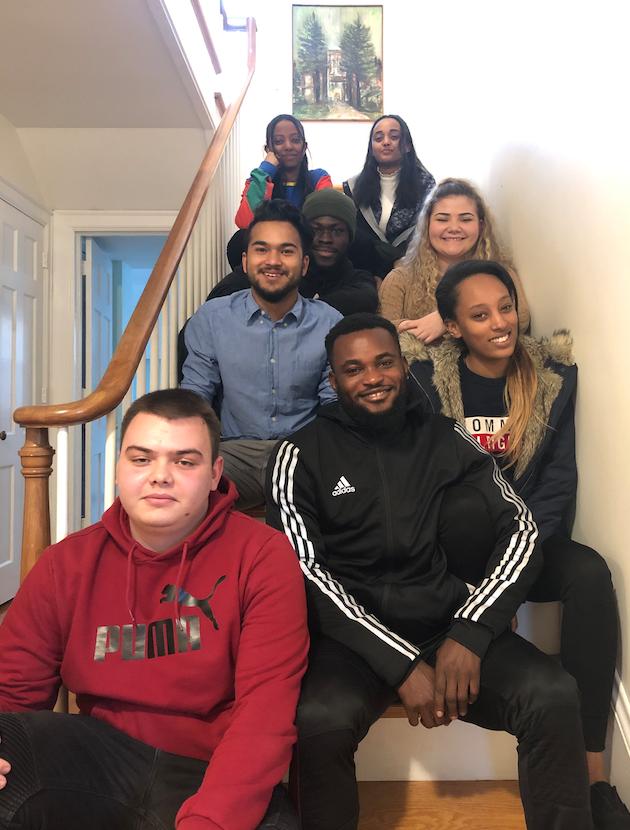Who Are Bonners?
The Bonner Program: Proven Impact Findings from the 2019 Bonner Student Impact Survey
Created in 1990 at Berea College, the Bonner Program has sought to provide “access to education and opportunity to serve” to diverse low-income students. Today, Bonner Scholar and Bonner Leader Programs are hosted by 65 colleges and universities across 23 states. Each year, these programs enroll more than 3,000 students in a four-year developmental program of experiential, civic learning and engagement. Students work in collaboration with local, state, and national nonprofits to address pressing community issues like education, environment, health, hunger, and poverty. Committing 8-10 hours each week, these engaged students build community capacity while they learn and apply their talents. This series of briefs describes the impact that participating in the Bonner Program has for students. It draws on an annual Student Impact Survey of first year students and senior students, completed in the spring. In 2019, 515 freshmen and 286 seniors completed the survey. These briefs share insights about the positive impact that the program has on students’ academic learning, civic identity and engagement, abilities to work with diverse individuals and groups, skills in navigating complex systems to achieve change, and post-graduate success. The diverse students in the Bonner Program are representative of today’s undergraduates and a population that institutions of higher education are seeking to support and graduate. This makes the success of the Bonner Program especially interesting to college and universities today, offering lessons that may be replicated across campus. 4
Diverse Racial and Ethnic Backgrounds
Typically, campuses recruit Bonner students with greater representation of underrepresented ethnic groups than their overall student body. As the chart above suggests, more than half of Bonner students are of color. In 2017, the US undergraduate population was 61 percent white, 18 percent Hispanic, 12.3 percent black, 5.7 percent Asian, 1.9 percent one or more race, 0.7 percent American Indian or Alaska Native, and 0.3 percent Native Hawaiian or other Pacific Islander (AAC&U, 2019). The proportion of White Bonner students is less than the national average. African Americans and Asians are better represented, but Latinx and Hispanic students are less so. Students come from families with lower socio-economic status than are often represented in these institutions. With persistent gaps by income in college completion (Calahan & Perna, 2015), Bonner provides an important intervention.







